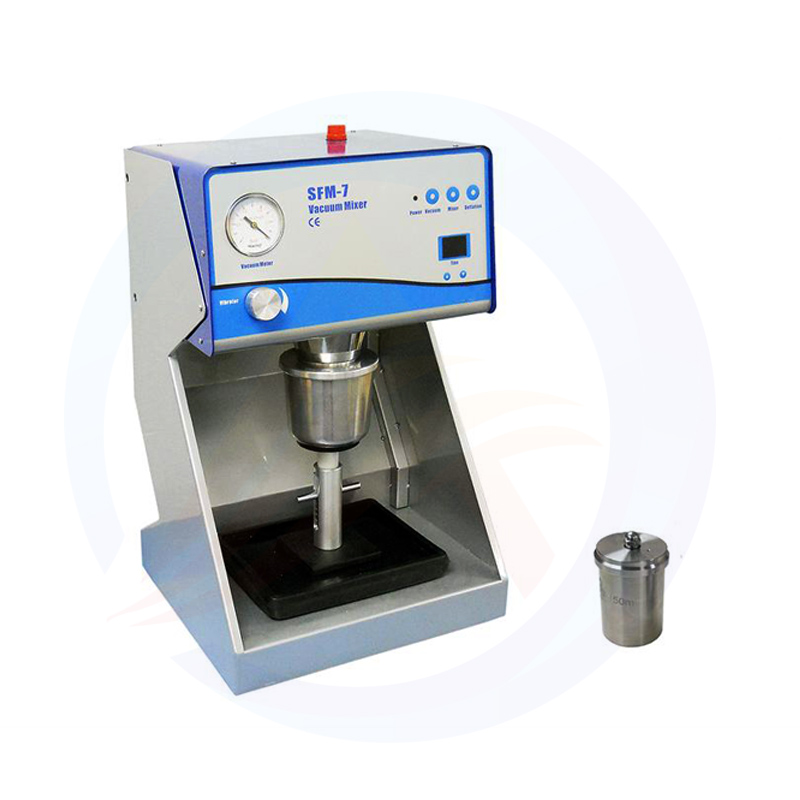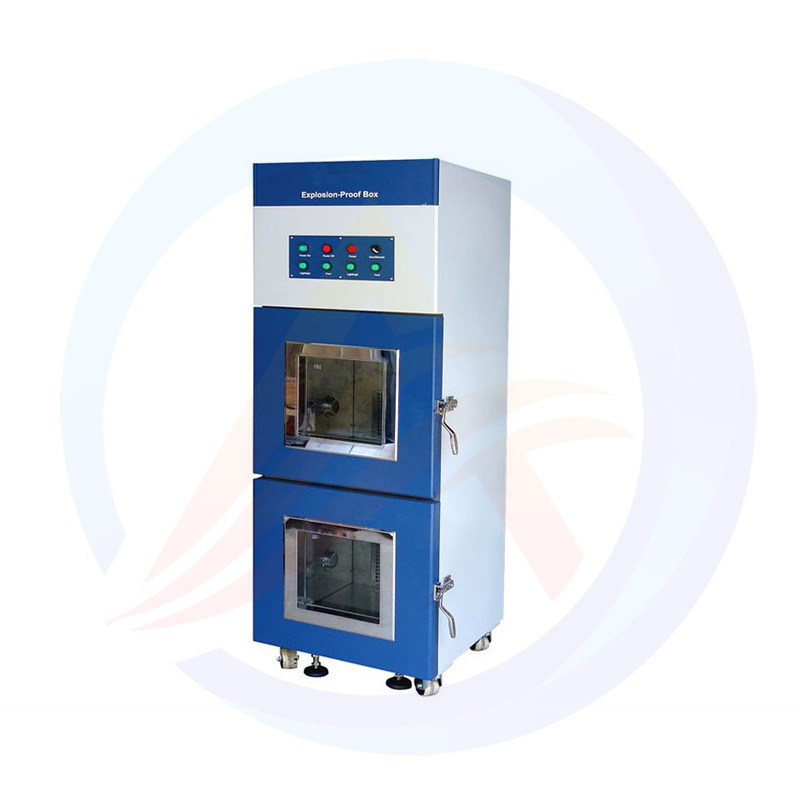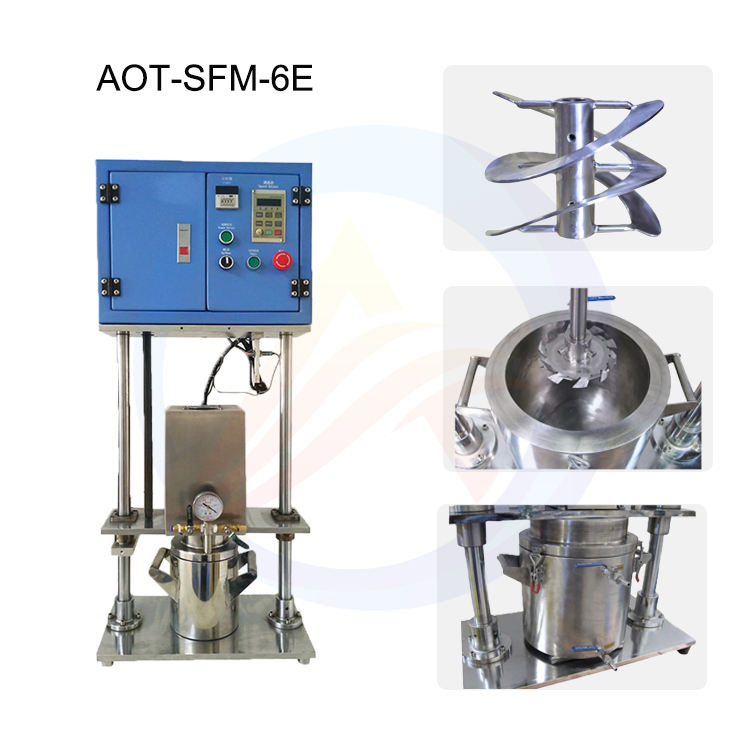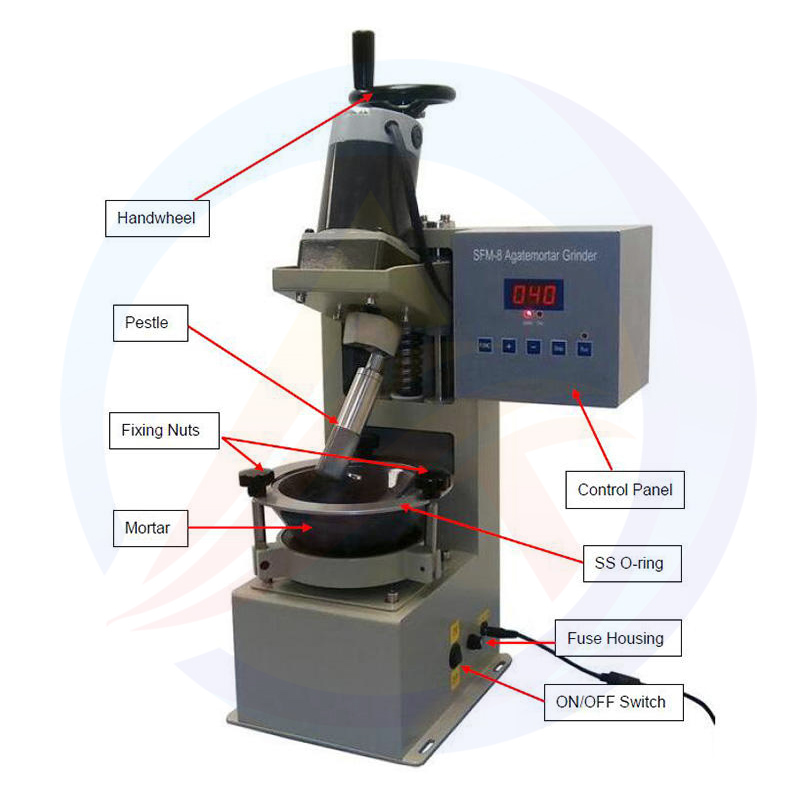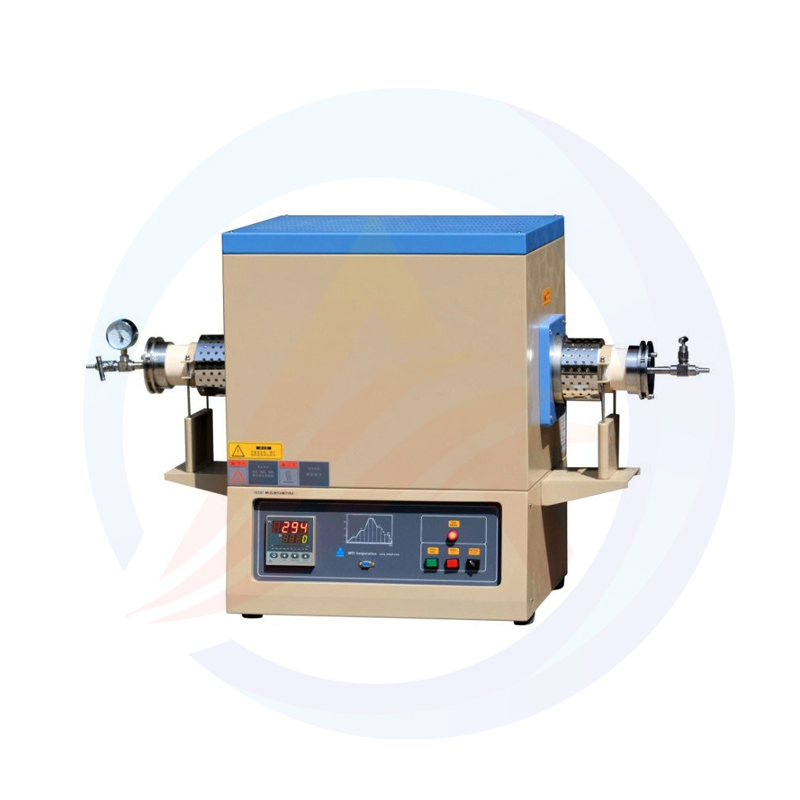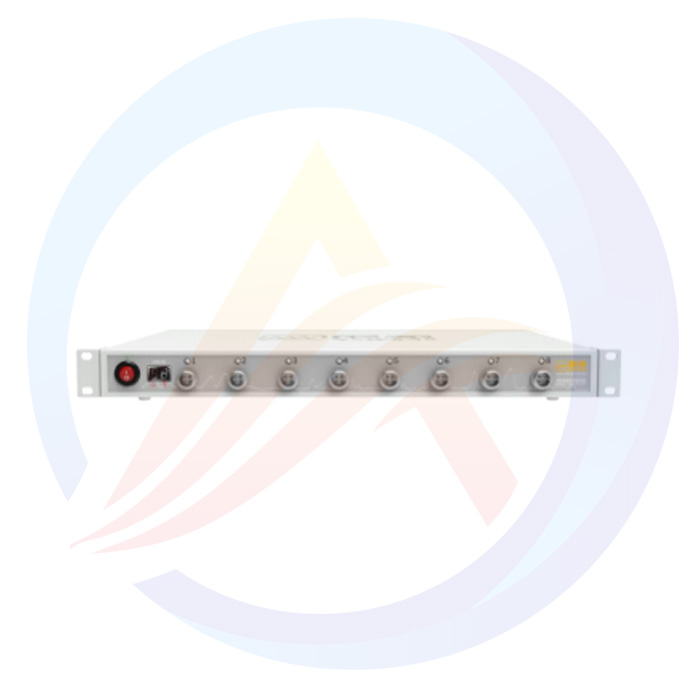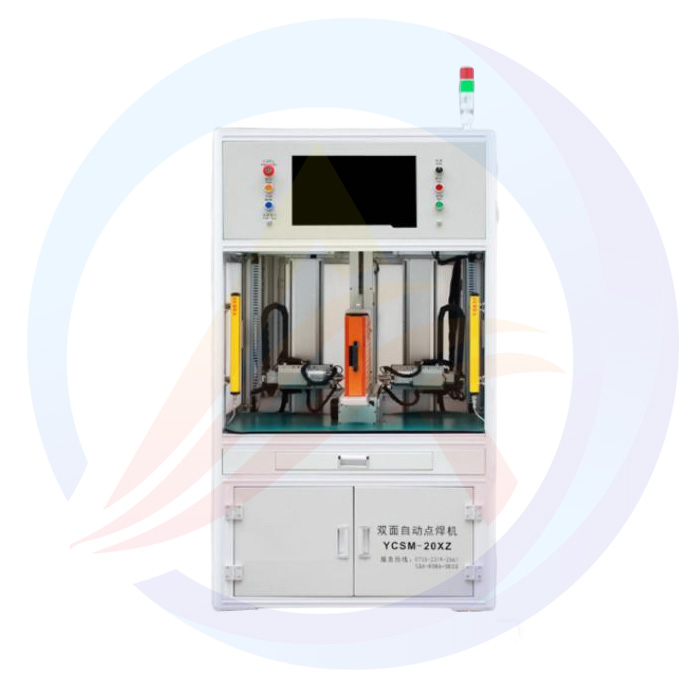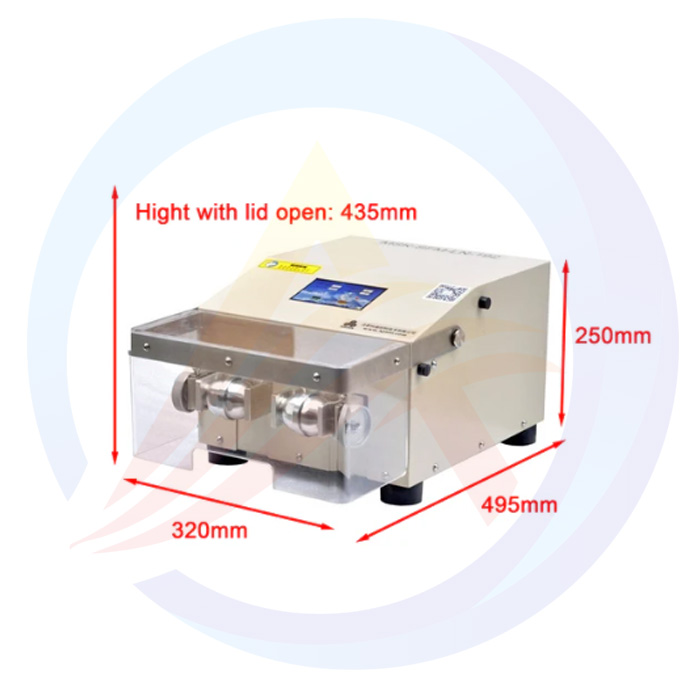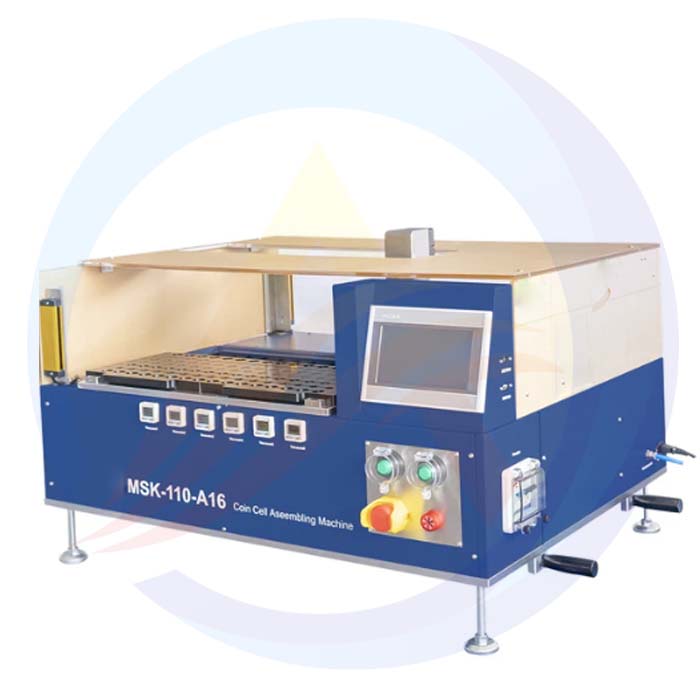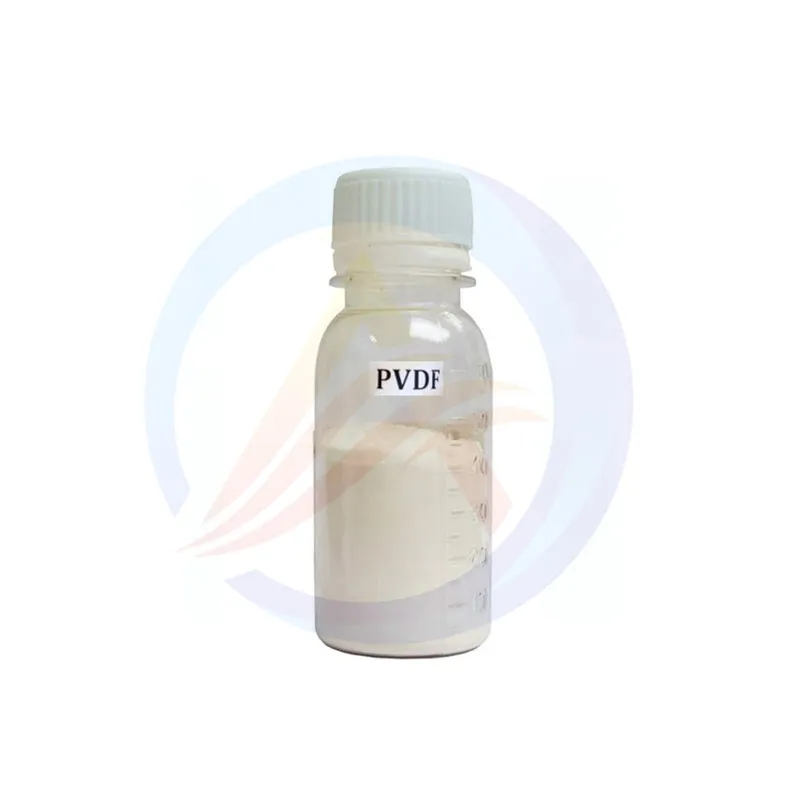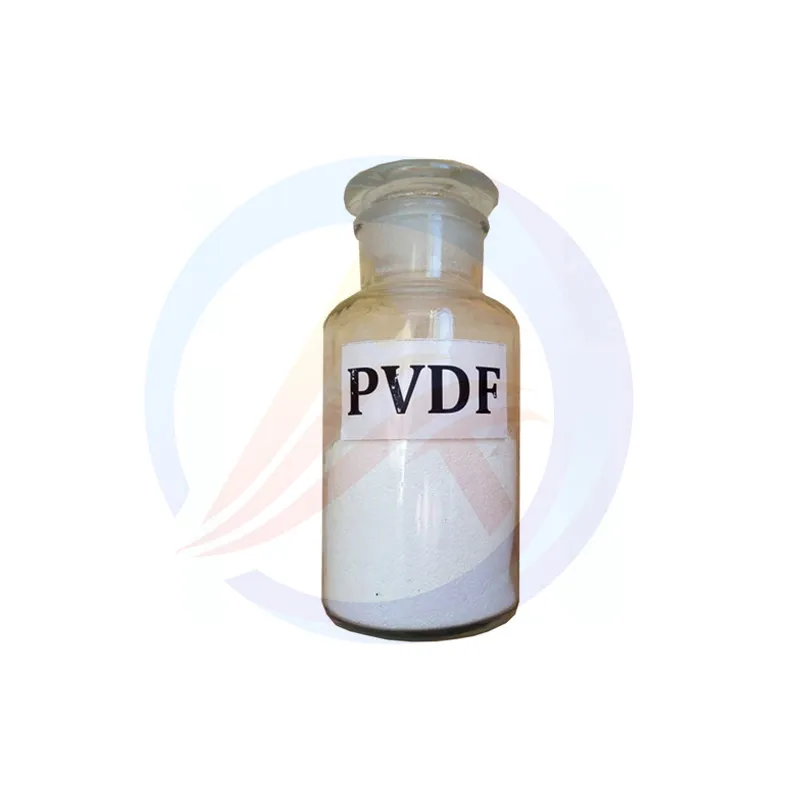1. Core Properties of PVDF Powder: The Foundation for Battery Applications
Polyvinylidene fluoride (PVDF) powder has emerged as a key functional material in the battery field due to its unique molecular structure and performance. Its main chain consists of repeating -CF₂-CH₂- units, and the strongly polar C-F bonds endow it with excellent chemical stability, enabling it to resist corrosion from lithium salts (e.g., LiPF6) and organic solvents (e.g., carbonates) in electrolytes. With a crystallinity of typically 50%-70% and a high melting point (approximately 170℃), PVDF ensures thermal stability during battery charge-discharge cycles. Additionally, its good film-forming ability and adhesion allow effective bonding of various battery components, collectively laying the foundation for its applications in batteries.
2. Core Application 1: Electrode Binder – The "Bond" Maintaining Electrode Structure
2.1 Mechanism of Action
In the preparation of positive and negative electrodes for lithium-ion batteries, PVDF powder serves as a binder. It is dissolved in N-methylpyrrolidone (NMP) to form a viscous slurry, which uniformly coats active materials (e.g., positive electrode LiCoO₂, negative electrode graphite) and conductive agents (e.g., acetylene black). After coating and drying, intermolecular forces (van der Waals forces, hydrogen bonds) bind these three components tightly to the current collector (aluminum foil, copper foil) surface, forming a complete conductive network and mechanically stable electrode structure.
2.2 Performance Advantages and Application Differences
Cathode Compatibility: The cathode operates at a relatively high voltage (3-4.5V). Traditional water-based binders (e.g., SBR) are prone to oxidation failure, while PVDF's chemical inertness can withstand high-voltage environments, effectively inhibiting side reactions at the electrode interface and reducing polarization.
Anode Application Characteristics: In the anode, PVDF needs to balance bonding strength and flexibility. Graphite undergoes volume expansion (approximately 10%) during lithium intercalation, and PVDF's elasticity can relieve expansion stress, reduce active material detachment, and extend cycle life.
Comparative Advantages: Compared with other binders, PVDF exhibits lower interfacial impedance (<10mΩ) and superior electrolyte swelling resistance (swelling rate <5%), making it the preferred binder for high-energy-density batteries.
3. Core Application 2: Separator Coating – The "Barrier" Enhancing Battery Safety
3.1 Performance Shortcomings of Traditional Separators
Polyethylene (PE) and polypropylene (PP) separators possess porous structures but have low melting points (PE ~130°C, PP ~165°C), which easily shrink at high temperatures, leading to short circuits between positive and negative electrodes. Additionally, their poor electrolyte wettability limits ion conduction efficiency.
3.2 Optimization Principle of PVDF Coating
PVDF powder is mixed with solvents to form a coating solution, which is applied to the separator surface to form a porous coating. Its functions are reflected in three aspects:
Improved Thermal Stability: PVDF's high melting point ensures that the coated separator shows no significant shrinkage at 150°C, effectively delaying the risk of thermal runaway.
Enhanced Electrolyte Affinity: Polar C-F bonds improve the wettability of the separator to non-polar electrolytes, increasing liquid retention by 20%-30% and raising ionic conductivity to the level of 10⁻³S/cm.
Strengthened Mechanical Strength: The synergistic effect between the coating and the base film increases the puncture resistance of the separator from 200g to over 350g, reducing the damage rate during assembly.
4. Extended Applications: Multifunctional Auxiliary Materials
4.1 Solid Electrolyte Matrix
PVDF powder can be compounded with lithium salts (e.g., LiTFSI) to prepare gel polymer electrolytes. Utilizing PVDF's dielectric properties (dielectric constant ≈8) to promote lithium salt dissociation, while the cross-linked structure inhibits electrolyte leakage, achieving both safety and ionic conductivity.
4.2 Flame-Retardant Synergist
PVDF releases HF gas during combustion, which can capture free radicals to terminate the combustion reaction. When compounded with phosphate-based flame retardants and added to electrodes or separators, it can increase the battery's limiting oxygen index (LOI) from 20% to over 28%, significantly reducing the risk of combustion.
5. Existing Challenges and Optimization Directions
Cost and Environmental Issues: PVDF raw materials are expensive (approximately 200,000 RMB/ton), and the NMP solvent used in the preparation process is toxic. Current research focuses on the development of water-based PVDF emulsions and solvent recovery technologies to reduce environmental impact and costs.
Low-Temperature Performance Bottleneck: PVDF's crystallinity increases at low temperatures, leading to decreased bonding strength and hindered ion conduction. Copolymer modification (e.g., PVDF-HFP) to introduce amorphous segments can improve battery cycle performance at low temperatures (-20°C).
High-Voltage Compatibility: For high-nickel cathodes above 4.5V, PVDF is prone to oxidative decomposition. Surface grafting (e.g., introduction of fluoroalkyl groups) is required to enhance oxidation resistance, matching the needs of next-generation high-energy-density batteries.
Conclusion
As a "multifunctional bond" in batteries, PVDF powder plays an irreplaceable role in key links such as electrode bonding, separator modification, and electrolyte preparation. Its application principles revolve around stability, adhesion, and dielectric properties endowed by its molecular structure. Meanwhile, modification and process optimization are necessary to address challenges such as cost, low-temperature performance, and high-voltage compatibility. In the future, as battery technology moves toward higher safety and energy density, the functionalization and green upgrading of PVDF powder will become the core of research, further consolidating its position as a key material in the new energy field.

